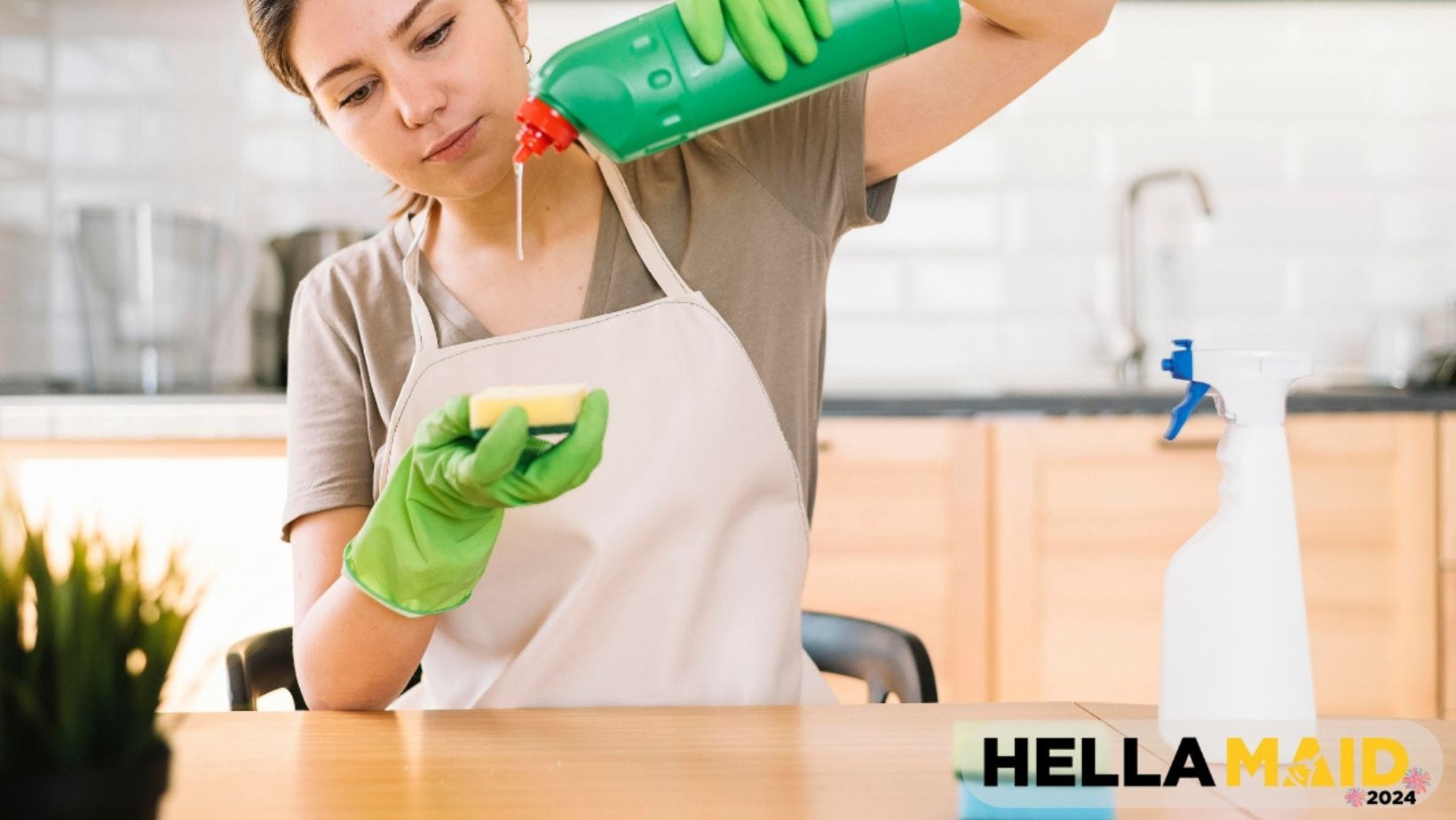
In today’s era of heightened environmental awareness, embracing eco-friendly cleaning practices isn’t just a trend. It’s a necessity. By prioritizing products and methods that are gentle on the planet and our health, we can create cleaner, greener homes while reducing our carbon footprint. This comprehensive guide aims to equip you with the knowledge and tools needed to transition to eco-friendly cleaning seamlessly.
Understanding Eco-Friendly Cleaning Products
Eco-friendly cleaning products, including those offered by Cleaning Services Calgary, are formulated with ingredients that prioritize the safety of the environment and human health. These products steer clear of harsh chemicals like bleach, ammonia, and phthalates, which can pose risks when released into the air or waterways.
Types of Eco-Friendly Cleaning Products
Explore a diverse range of eco-friendly cleaning products, including biodegradable detergents, plant-based cleaners, and reusable cleaning cloths made from sustainable materials. These alternatives offer effective cleaning power without compromising on eco-friendliness.
Making the Switch: Tips for Transitioning to Eco-Friendly Cleaning
Transitioning to eco-friendly cleaning products and practices doesn’t have to be overwhelming. Start by assessing your cleaning products and gradually replacing them with eco-friendly alternatives. Consider factors such as effectiveness, cost, and environmental impact when making your selections.
DIY Eco-Friendly Cleaning Recipes
Harness the power of DIY cleaning solutions using simple, natural ingredients found in your pantry. Try these recipes for common household cleaning needs:
All-Purpose Cleaner: Mix equal parts water and white vinegar in a spray bottle, and add a few drops of essential oil for fragrance.

Glass Cleaner: Combine one part distilled water with one part rubbing alcohol and a tablespoon of white vinegar.
Scouring Powder: Mix baking soda with a few drops of lemon essential oil to create a gentle abrasive cleaner.
Sustainable Cleaning Tools and Equipment
Opt for cleaning tools and equipment made from sustainable materials such as bamboo, recycled plastic, or stainless steel. These options are durable, eco-friendly, and can be recycled or composted at the end of their lifespan.
Incorporating Green Practices into Daily Cleaning Routines
Take a Room-by-room Approach to Eco-friendly Cleaning:
Kitchen: Use reusable dishcloths instead of paper towels, and compost food scraps to reduce waste.
Bathroom: Switch to eco-friendly toilet paper and menstrual products, and use a squeegee to reduce water usage when cleaning shower doors.
Living Room: Dust surfaces with a microfiber cloth instead of disposable wipes, and opt for natural air fresheners such as essential oils.

For example, Jane, a homeowner, switched to eco-friendly cleaning products and noticed a significant improvement in air quality and a reduction in allergies among family members. Additionally, she found that her homemade all-purpose cleaner was just as effective as store-bought alternatives, saving her money in the long run.
Monitoring and Evaluating Progress
Track the changes you’ve made to your cleaning routine and monitor their impact on your health and the environment. Stay flexible and be willing to adjust your practices as needed to further reduce your environmental footprint. Remain open and adaptable in your cleaning practices, particularly when utilizing services like Hellamaid. Consider incorporating new eco-friendly products and technologies into your routine to enhance sustainability efforts.
Conclusion
By implementing eco-friendly cleaning practices into your daily routine, you can contribute to a healthier planet and a safer home environment. With the right knowledge and tools at your disposal, making the switch to green cleaning has never been easier or more rewarding. Start your journey towards a cleaner, greener home today!





